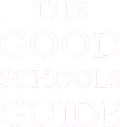Examination Board: AQA
What is the course about?
During the A Level textiles course, students will be introduced to a variety of experiences exploring a range of textile media, techniques and processes. Students can decide to work in one or more areas of textile design, such as fashion/wearable art, printed and/or dyed fabric and materials, constructed textiles such as knit or weave, textile installation or interior design. Each component is based on a theme and you are encouraged to study personal ideas through in-depth fabric exploration. The course will enable you to understand how to apply colour, composition and surface texture effectively through fabric design. Each component concludes with the production of a significant fashion or decorative final outcome. This qualification will provide you with the creative and technical skills required to progress onto degree courses in fashion, printed and constructed textiles or alternatively fine art/textile art.
For the two-year linear A Level course you will study:
A Level Unit 1 – Personal Investigation
During this component, students will get the opportunity to develop their work in a personal and exciting way. Students are required to conduct a practical investigation into an idea, issue, concept or theme, supported by written material. The focus of the investigation must be identified independently by the student and must lead to a finished outcome or a series of related finished outcomes. The investigation should be a coherent, in-depth study that demonstrates the student’s ability to construct and develop a sustained line of reasoning from an initial starting point to a final realisation. The investigation must show clear development, from initial intentions to the final outcome or outcomes. It must include evidence of the student’s ability to research and develop ideas and relate their work in meaningful ways to relevant critical/ contextual materials.
The investigation must be informed by an aspect of contemporary or past practice of artists, photographers, designers or craftspeople. The written element must be a coherent and logically structured extended response of between 1,000 and 3,000 words of continuous prose to include specialist vocabulary appropriate to the subject matter. The written element of the Personal Study is supported by imagery linking students’ contextual studies to their own personal responses.
A Level Unit 2 – Externally Set Assignment
Students will be given an exam paper where they can choose from eight different questions that are to be used as starting points. Students are required to select one. Students will be provided with examination papers on 1st February, or as soon as possible after that date. Students will be advised and guided during the preparatory time but also encouraged to work independently. Preparatory work should be presented in any suitable format, such as mounted sheets, design sheets, sketchbooks, workbooks, journals, models, and maquettes. Following the preparatory period, students must complete 15 hours of unaided, supervised time. In the 15 hours students must produce a finished outcome or a series of related finished outcomes, informed by their preparatory work.
| Unit | Assessment | % |
| Unit 1: Coursework and Personal Study |
Internally set Internally assessed Externally marked |
60% |
| Unit 2: Externally Set Assignment |
Externally set Internally assessed Externally marked |
40% |







